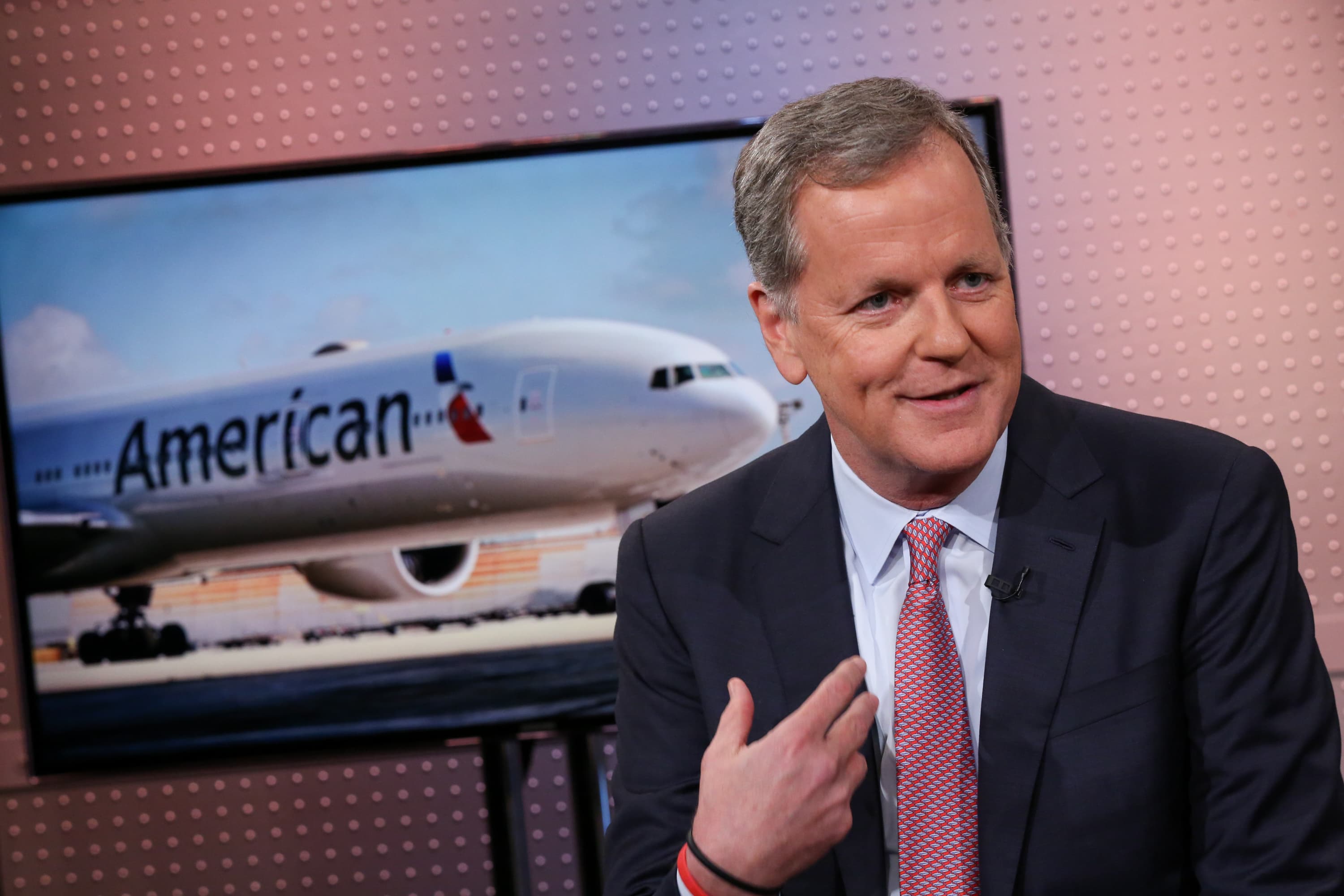
Four of the world’s leading central bankers have warned supply bottlenecks are likely to last longer than expected and said they are watching for as-yet unrealised signs of them spawning a self-fulfilling cycle of higher expected inflation and wage increases.
Jay Powell, chair of the US Federal Reserve, said it was “frustrating” that supply-chain bottlenecks were holding back the recovery of the world’s largest economy and have helped to fuel more elevated price pressures as they have intensified.
“The combination of strong demand for goods and the bottlenecks has meant that inflation is running well above target,” Powell said on a panel with European Central Bank president Christine Lagarde, Bank of England governor Andrew Bailey and Bank of Japan governor Haruhiko Kuroda on Wednesday. “We expect that it will continue to do so in the coming months before moderating as bottlenecks ease.”
His warnings echoed similar comments from Lagarde, Bailey and Kuroda, who highlighted the uncertainties still clouding the economic outlook as a result of supply-side disruption and the more contagious Delta variant.
Lagarde said supply bottlenecks “seem to be accelerating in some areas” such as container shipping and semiconductors. She added: “How long these bottlenecks will take to fade out is a question we are monitoring very closely and this is on our radar screen.”
UK fuel shortages, which have left some people unable to fill their cars with petrol, are showing signs of easing, Bailey said, adding that the ending of Britain’s furlough scheme this week could help labour market shortages. But he said UK economic output may not return to pre-pandemic levels until early next year — “a few months later” than thought.
As the global economy has rebounded from the impact of the coronavirus pandemic, inflation has risen faster than many central bankers expected, driven by soaring energy prices, resurgent demand, delays in the delivery of goods and shortages of materials and products.
“What people didn’t see coming was the supply-side constraints . . . that was a surprise,” said Powell. “It’s not that our inflation models are wrong, although they certainly are not perfect, but just the scope and persistence of the supply-side constraints were missed.”
Central banks have said that many of the factors behind the acceleration in price growth are temporary and are expected to fade next year. But some economists question whether some of these inflationary pressures could last longer than expected.
Kuroda said Japanese manufacturers were struggling to keep up with surging demand, particularly for technology products, and there was no sign of this easing soon. “Demand is increasing so rapidly that supply cannot fully follow the rapidly increasing demand,” he said. “This is likely to be prolonged somewhat.”
Several western central banks, including the Fed and the Bank of England, have recently signalled a move towards tighter monetary policy in response to stronger growth and higher inflation. Norway’s central bank last week raised interest rates, alongside similar moves in Pakistan, Hungary, Paraguay and Brazil.
Powell affirmed on Wednesday that the Fed stands ready to act in the event that inflation proves more “substantial” than forecast, and reiterated the central bank is “close” to beginning to scale back its $120bn asset purchase programme. “I think we’re turning to the process of normalisation in a careful way,” he added.
Lagarde said the eurozone economy was “back from the brink, but not completely out of the woods” as she reiterated her view that no signs exist of supply chain disruptions feeding “second-round effects” such as significantly higher wage demands.
https://ift.tt/3F6pu7s
Business

No comments:
Post a Comment